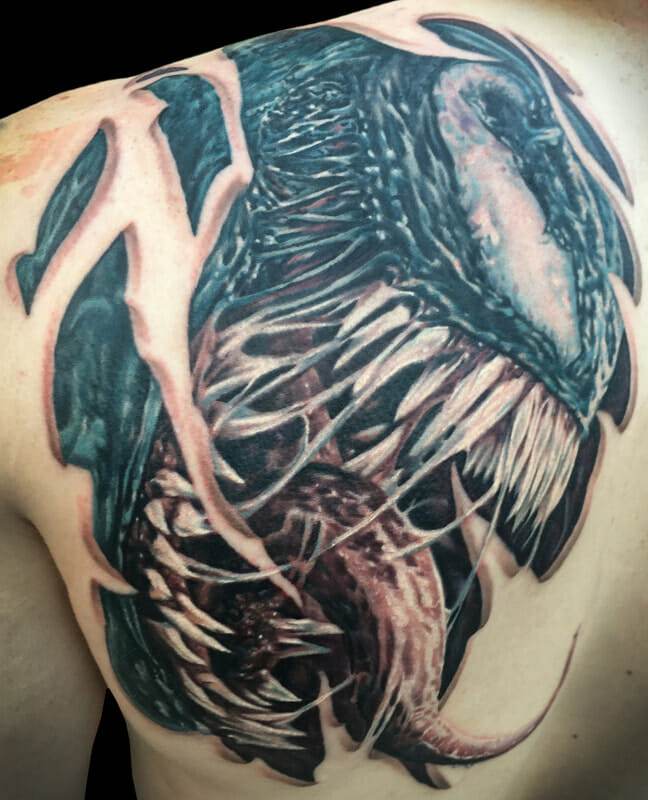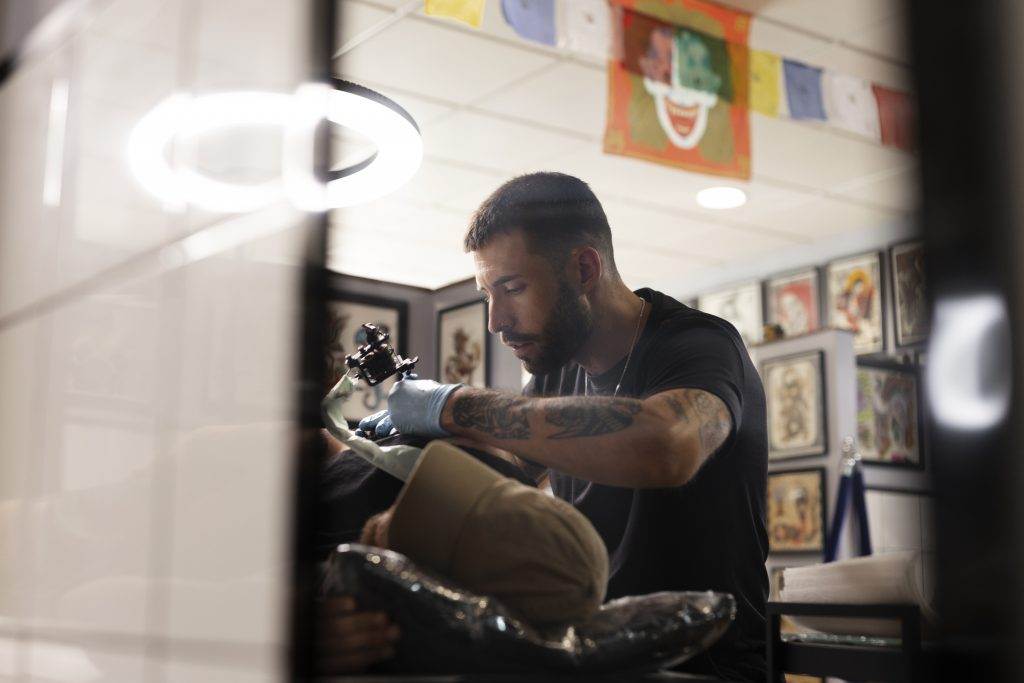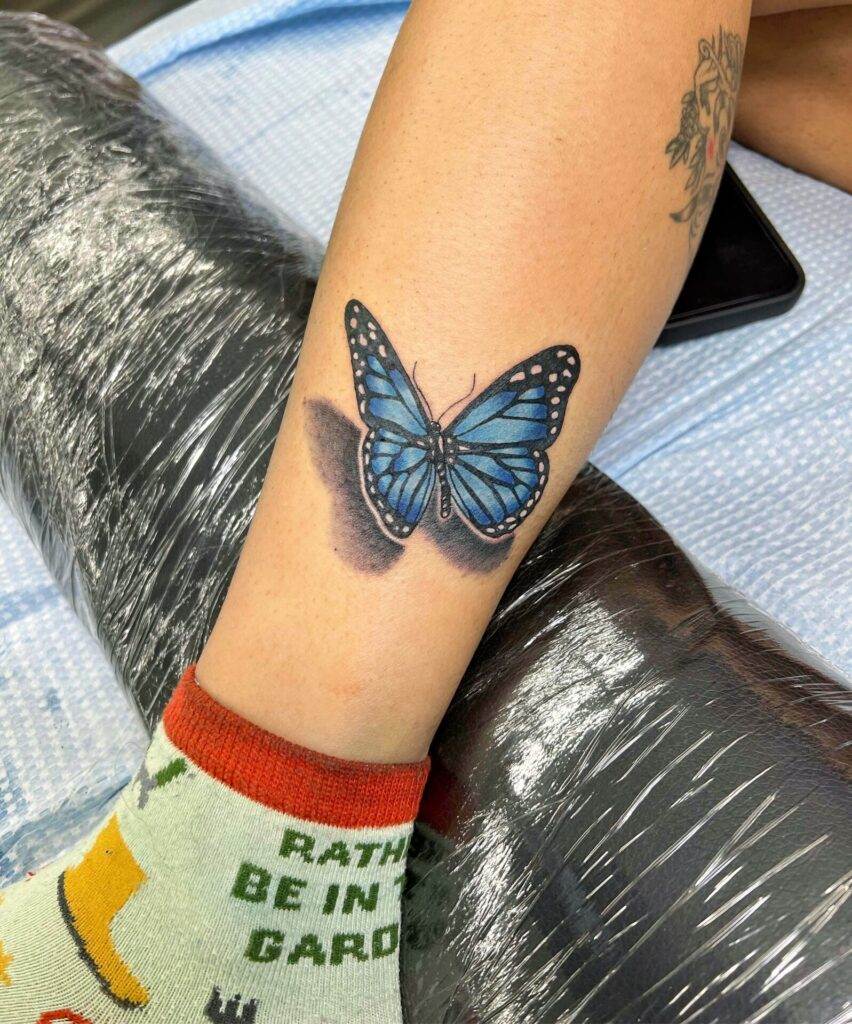Getting a tattoo is a big decision, and it’s important to take the time to research and choose the right artist for your design. A tattoo consultation is a crucial step in the process, as it allows you to discuss your ideas and expectations with the artist. This article will provide a comprehensive guide to the tattoo consultation process, including what to expect, how to choose the right artist, researching tattoo styles and techniques, finding inspiration, understanding placement and size, collaborating with your artist, communicating effectively, considering your skin tone and texture, preparing for your appointment, aftercare tips, and maintaining your tattoo’s vibrancy and longevity.
What to Expect During Your Tattoo Consultation
During a tattoo consultation, you will have the opportunity to meet with your chosen artist and discuss your design ideas. The artist will ask you questions about the concept, size, placement, and any specific details you have in mind. They may also offer suggestions or modifications based on their expertise. It’s important to be open and honest during this process, as clear communication is key to ensuring that you and the artist are on the same page.
Researching Tattoo Styles and Techniques
Before settling on a design, it’s important to research different tattoo styles and techniques. There are various styles such as traditional, realism, watercolor, blackwork, and many more. Each style has its own unique characteristics and requires different techniques. By researching different styles, you can find one that resonates with you and complements your design.
Finding Inspiration for Your Dream Tattoo
Finding inspiration for your tattoo design is an important step in the process. Look for images, artwork, or symbols that hold personal meaning to you. Consider incorporating elements that represent your values, interests, or experiences. It’s also helpful to create a mood board or collage of images that inspire you. This will give your artist a better understanding of your vision and help them create a design that is unique to you.
Understanding the Importance of Placement and Size

Placement and size are crucial factors to consider when getting a tattoo. The placement of a tattoo can greatly affect its overall appearance and how it interacts with the body’s natural curves and contours. It’s important to choose a location that not only complements the design but also allows for future tattoos if desired. Size is another important consideration, as smaller designs may not have as much detail or impact as larger ones. Discussing placement and size during the consultation will help you make informed decisions.
Collaborating with Your Tattoo Artist to Bring Your Vision to Life
Collaboration with your tattoo artist is essential in bringing your vision to life. They are experts in their craft and can offer valuable insights and suggestions based on their experience. Be open to their ideas and trust their expertise. Working together will result in a design that is unique, well-executed, and meets your expectations.
Communicating Your Ideas Clearly and Effectively
Effective communication is key during the tattoo consultation process. Be clear and concise when explaining your ideas, providing references, or describing specific details you want to incorporate into the design. It’s also important to be open to feedback and suggestions from the artist. They may have insights or recommendations that can enhance the design or improve its longevity.
Considering Your Skin Tone and Texture
When choosing colors and designs for your tattoo, it’s important to consider your skin tone and texture. Certain colors may look different on different skin tones, so it’s important to choose colors that complement your complexion. Additionally, the texture of your skin can affect how the tattoo appears. For example, tattoos on dry or rough skin may not heal as well or appear as vibrant as those on smooth, hydrated skin.
Preparing for Your Tattoo Appointment
Preparing for your tattoo appointment is essential to ensure a smooth and successful experience. Make sure to eat a good meal before your appointment to avoid feeling lightheaded or faint during the process. Avoid alcohol and blood thinners, as they can increase bleeding and make the process more difficult. It’s also important to practice proper hygiene by showering and cleaning the area where the tattoo will be placed.
Aftercare Tips for Your New Tattoo
Proper aftercare is crucial to ensure that your tattoo heals properly and maintains its vibrancy. Follow the aftercare instructions provided by your artist, which may include washing the tattoo gently with mild soap, applying a thin layer of ointment or moisturizer, avoiding direct sunlight, and refraining from picking or scratching the tattooed area. It’s important to be patient during the healing process and allow your tattoo to fully heal before exposing it to excessive moisture or sunlight.

Maintaining Your Tattoo’s Vibrancy and Longevity
To maintain the vibrancy and longevity of your tattoo, it’s important to take proper care of it in the long term. Protect your tattoo from excessive sun exposure by applying sunscreen with a high SPF whenever it will be exposed to sunlight. Avoid using harsh chemicals or exfoliants on the tattooed area, as they can fade or damage the ink. Keeping your skin moisturized and hydrated will also help maintain the appearance of your tattoo.
In conclusion, a tattoo consultation is an important step in the process of getting a tattoo. It allows you to discuss your design ideas, expectations, and concerns with the artist. Take the time to research and choose the right artist for your design, considering their experience, reputation, and portfolio. Research different tattoo styles and techniques to find one that resonates with you. Find inspiration for your design and consider the placement and size of the tattoo. Collaborate with your artist to bring your vision to life and communicate your ideas effectively. Consider your skin tone and texture when choosing colors and designs. Prepare for your appointment by practicing proper hygiene and avoiding alcohol and blood thinners. Follow the aftercare instructions provided by your artist to ensure proper healing. Finally, maintain the vibrancy and longevity of your tattoo by protecting it from the sun and avoiding harsh chemicals. By taking the time to research, prepare, and communicate effectively, you can ensure a successful tattoo experience that results in a design you will love for years to come.



